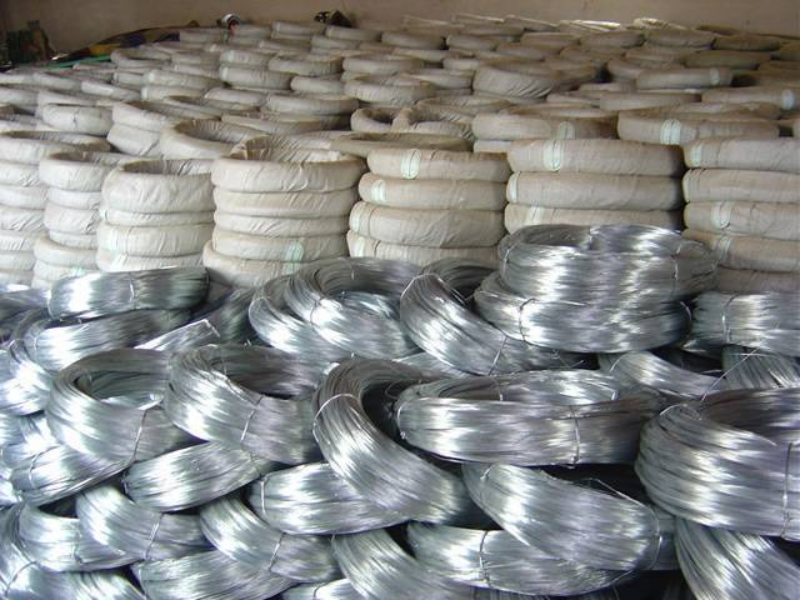
- Mobile Phone
- +8613931874955
- sales@cntcmetal.com
field fencing prices
Understanding Field Fencing Prices and Options
Field fencing is an essential aspect of agricultural and livestock management. It serves to keep animals contained, protect crops from wildlife, and delineate property boundaries. Selecting the right type of fencing involves considering various factors, including material, design, and cost. In this article, we will explore the typical prices associated with field fencing and the different options available.
Types of Field Fencing
1. Barbed Wire Fencing One of the most common and economical options, barbed wire fencing is ideal for larger fields used for grazing. It's typically priced between $1 to $2 per linear foot, depending on the gauge and quality of the wire. While it’s effective for keeping livestock in, it may not be the best option for containing smaller animals or preventing wildlife intrusion.
2. Field Fencing (Stock Fencing) This type of fencing is designed specifically for livestock and is generally constructed from welded wire. Prices typically range from $0.50 to $2 per linear foot. The cost varies based on the height and mesh size, as well as the manufacturer. Stock fencing is more durable and can effectively contain larger animals like cattle and horses while keeping smaller wildlife out.
3. Electric Fencing An increasingly popular option for farmers, electric fencing provides a high level of deterrence against both livestock escape and intruding wildlife. The installation can be costlier, often falling between $0.75 to $3 per linear foot, depending on the components used and the complexity of the installation. However, it can be a worthwhile investment given its effectiveness and the flexibility it offers for temporary enclosures.
4. Vinyl and Composite Fencing For those who prefer aesthetics along with functionality, vinyl or composite fencing options are available. Though more expensive, typically ranging from $3 to $5 per linear foot, these materials require less maintenance and provide a longer lifespan compared to traditional options. They are ideal for areas where the appearance of a fence is as crucial as its functionality.
Factors Influencing Field Fencing Prices
field fencing prices

When budgeting for field fencing, several factors should be considered beyond the price per linear foot of the fencing material
- Terrain Uneven or rugged terrain can significantly increase installation costs due to the need for additional materials and labor to secure the posts.
- Height and Design The intended use of the fence will also affect costs. Taller and more complex designs, such as two or three strands of barbed wire or more sophisticated electric fencing setups, will incur higher expenses.
- Labor Costs Depending on whether you choose to install the fence yourself or hire professionals, labor costs can vary widely. DIY installations can save money but require time and effort.
- Accessories Don’t forget to account for the costs of accessories like gates, posts, wire connectors, and insulators, which can add up quickly.
Conclusion
Field fencing is a crucial investment for farmers and landowners, and understanding the cost implications can help in making informed decisions. By evaluating your specific needs—whether for livestock containment, crop protection, or property demarcation—you can choose the best type of fencing that fits within your budget. Always remember to factor in not just the material costs but also installation and maintenance when planning your fencing project. With careful planning and consideration of your options, you can find a fencing solution that meets your farming needs while aligning with your financial capabilities.
share:
-
Your Source for Concrete Wall Ties and Masonry AccessoriesNewsJul.10,2025
-
Unlocking the Power of Iron Wire for Every ProjectNewsJul.10,2025
-
Explore Advanced Chain Wire and Stainless Steel Mesh FencingNewsJul.10,2025
-
Discover the Benefits of Annealed Wire ProductsNewsJul.10,2025
-
Discover China Stainless Steel Wire Mesh SolutionsNewsJul.10,2025
-
Build with Confidence Using High-Performance Masonry AccessoriesNewsJul.10,2025
-
Why Sacrificial Formwork Is Redefining Underground ConstructionNewsJun.06,2025



















